1921 (Taisho 10) Monday, September 26 A large typhoon passed through the Japanese Islands and caused extensive damage in various areas. 661 people were killed nationwide. Nagoya and Toyama were particularly severely damaged with many deaths, with 141 in Aichi Prefecture and 156 in Toyama Prefecture. In Aichi Prefecture alone, 5838 houses were completely destroyed. In addition, a train capsized in Toyama Prefecture and a steamship sank off the coast of Dairi in Moji, northern Kyushu.
This large typhoon made landfall on the night of the 25th near Cape Shionomisaki at the southern tip of the Kii Peninsula. It recorded the strongest maximum wind speed of 33.6 m/second in the recorded history near Cape Shionomisaki at that time and caused a storm surge of about 3 m in Ise Bay. The route was to enter the Sea of Japan from the east of Osaka City through the vicinity of Tsuruga, and to go north off the Noto Peninsula at 9 o’clock on the 26th.
By the way, it is known that typhoon damage is very rare in Toyama even now. Therefore, this typhoon was very rare. Because of that, this typhoon was also called Toyama Bay typhoon. The massive typhoon damage in Toyama surprised people. And a tragedy occurs at the Fushiki Weather Observatory, the unit responsible for weather observation in Toyama.
In the Taisho period, there were hardly any observation data on the sea, and when the typhoon was off Shikoku, it was not clear how strong it was, and the prediction of the course was much less accurate than now. On the afternoon of the 25th, when the Central Meteorological Observatory finally found out that the typhoon was taking a northbound course, it sent out telegrams of “national storm warning” to local observatories in various places in haste. The Fushiki Observatory was in charge of Toyama Prefecture, but the telegram arrived after Toranosuke Omori, the director, had already left the office. Normally, it is necessary to take measures to inform the area in charge of the warnings received from the Central Meteorological Observatory, but the staffs of the shift team could not take appropriate measures, and it was decided to hit the Toyama Bay directly on the morning of the 26th.
Although Toyama Prefecture entered the typhoon zone, fishermen who did not know the area were fishing in Toyama Bay as usual before dawn. It is said that there are 150 ships and 500 people in total. However, the typhoon suddenly increased the wind in Toyama Bay, resulting in a huge storm with a maximum wind speed of about 27 m/sec. It was a disaster that 105 fishing boats and 110 people were killed.
Toranosuke Omori, the head of Fushiki Weather Station, went to work in the early morning of the 26th, but unfortunately things were already too late. The Toyama prefectural government, fishermen and the bereaved families of the victims, as well as ordinary citizens, all blamed on Omori. The director felt responsible and prepared a detailed progress report while taking corrective measures. On November 26, he committed suicide by throwing himself into the sea in Uozu, leaving the completed progress report and suicide note on the table. He was 56 years old.
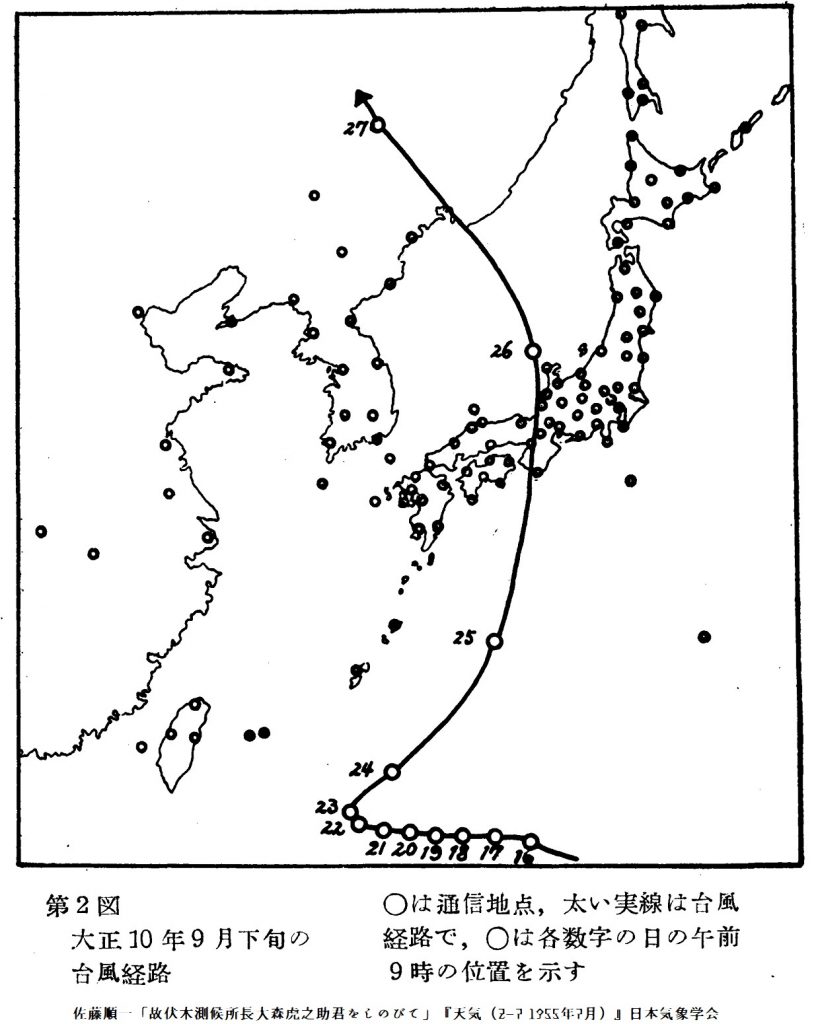
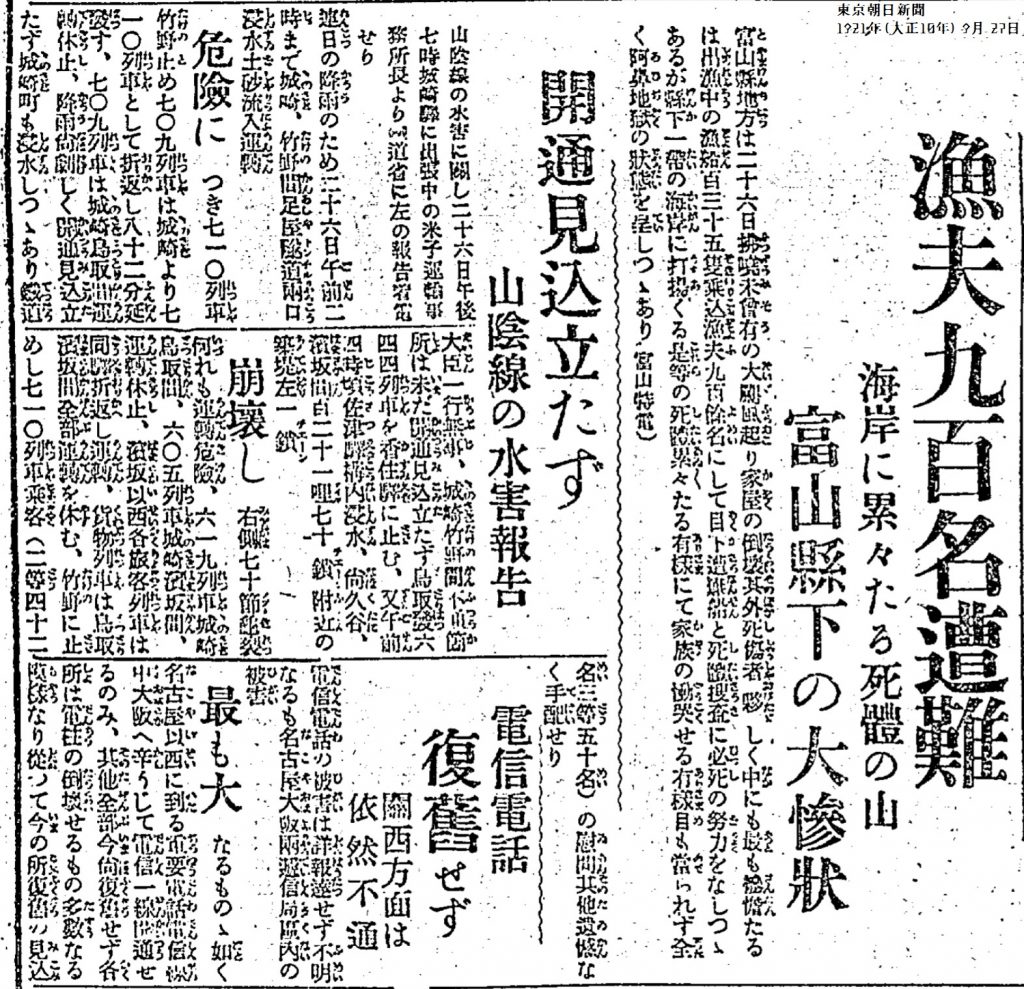
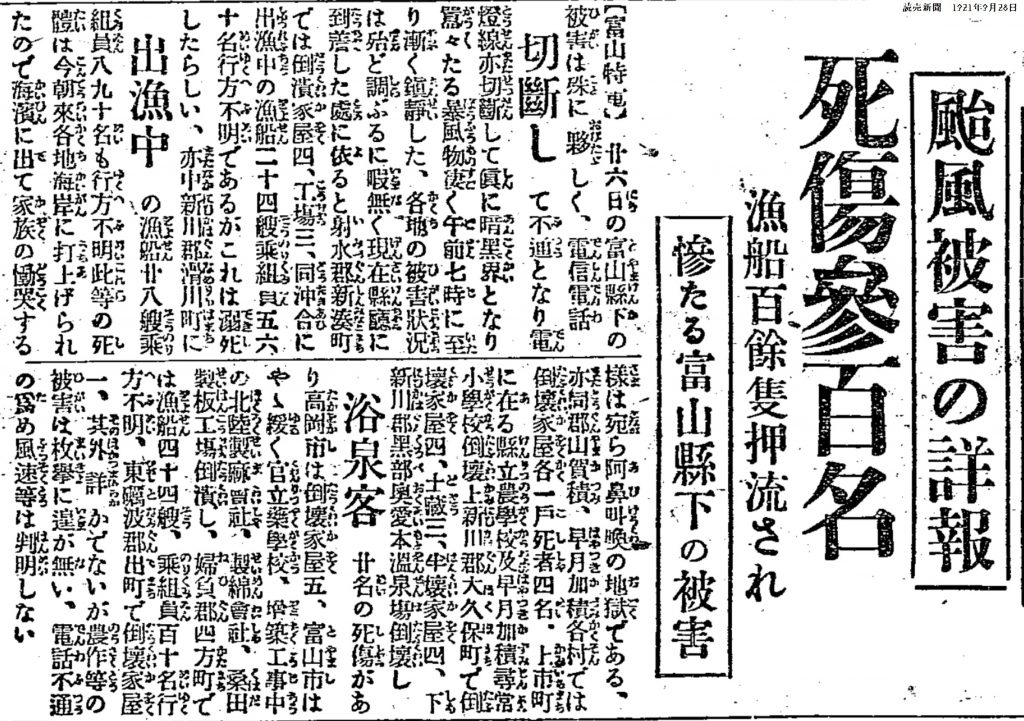
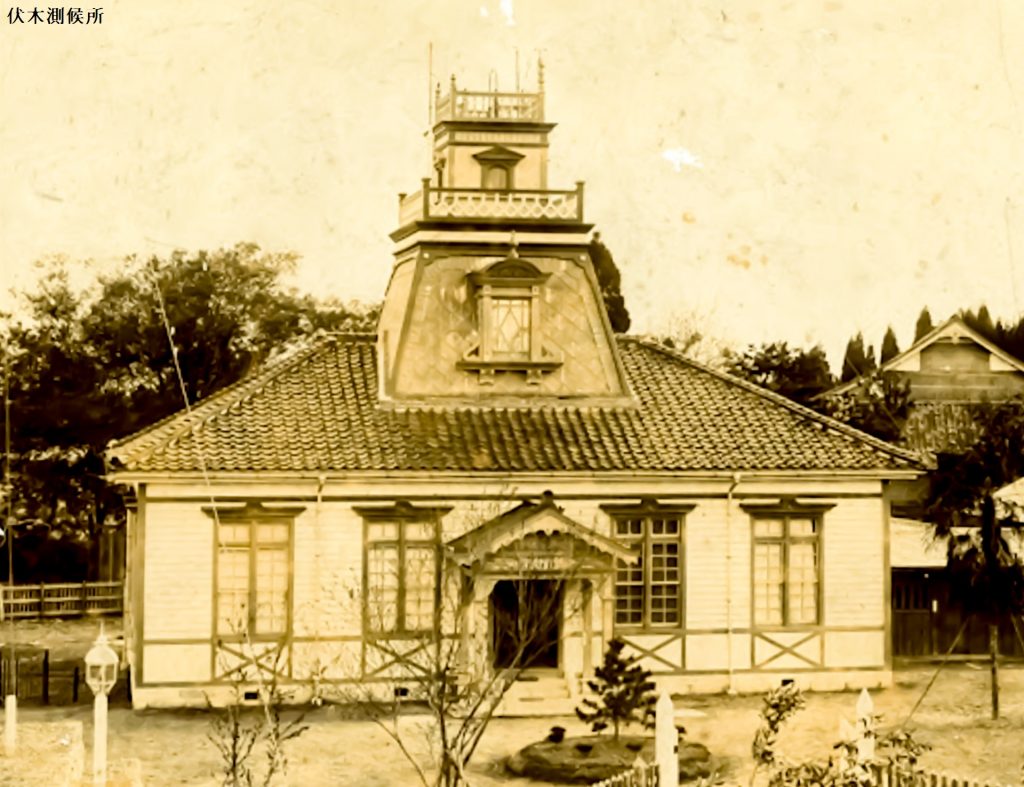
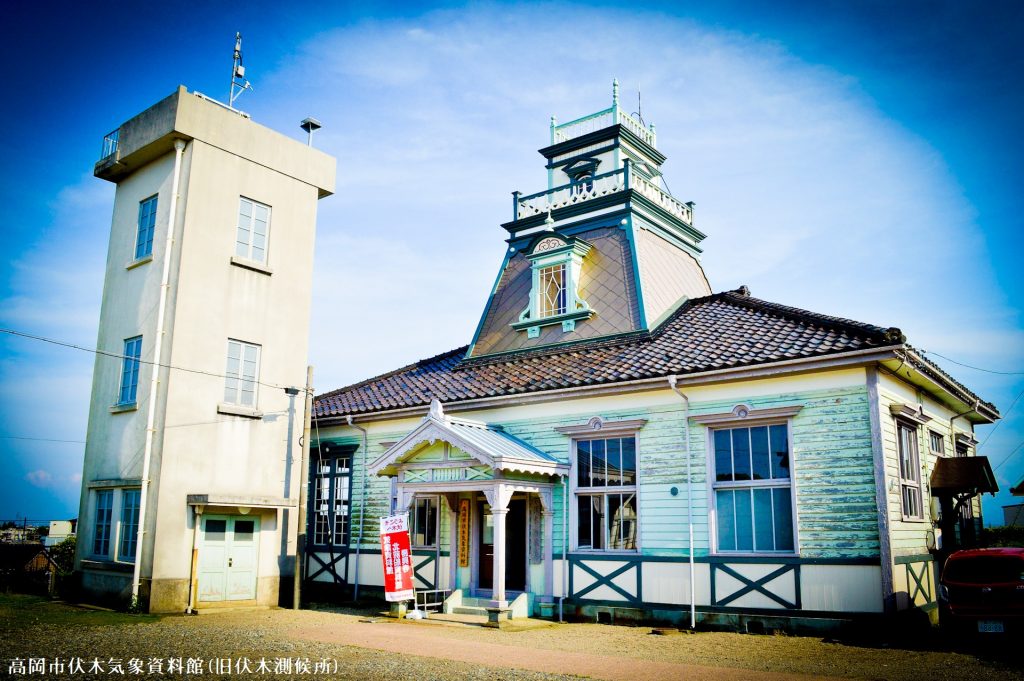
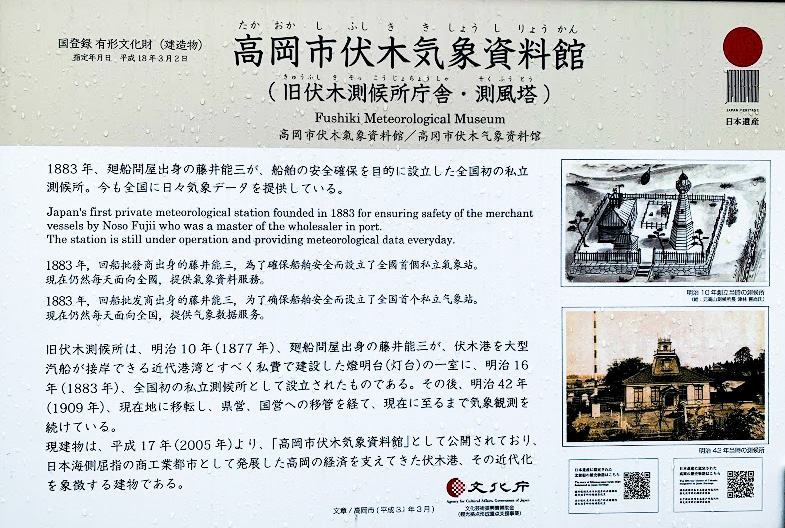








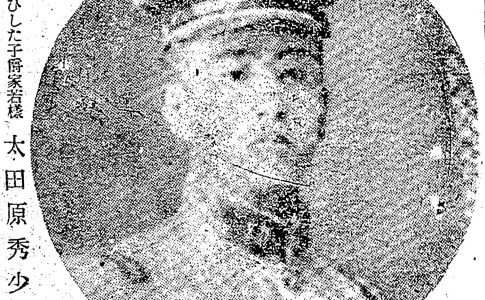
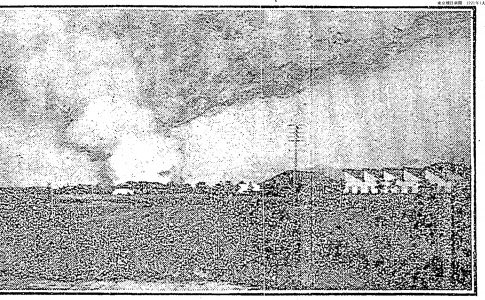


Leave a Reply